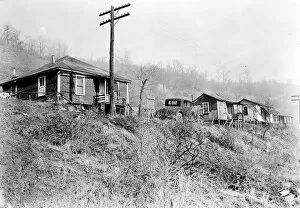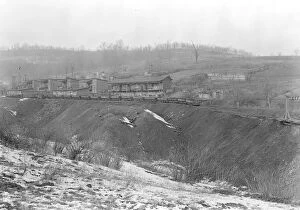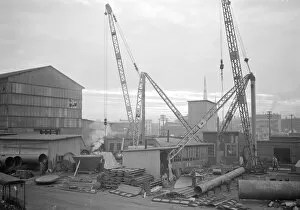Lewis Hine Collection (page 6)
Lewis Hine, a renowned American photographer and sociologist, captured the harsh realities of early 20th-century America through his powerful images
All Professionally Made to Order for Quick Shipping
Lewis Hine, a renowned American photographer and sociologist, captured the harsh realities of early 20th-century America through his powerful images. His photographs shed light on the lives of marginalized individuals, exposing the injustices they faced. In New York City's tenement sweatshops, Lewis Hine documented the grueling conditions endured by workers. Through his lens, he revealed their exhaustion and despair as they toiled away in cramped spaces for meager wages. Similarly, at the Paragon Rubber Company in Massachusetts, Hine captured a factory worker immersed in her labor-intensive tasks. The black and white photo from 1936 serves as a haunting reminder of the hardships faced by industrial workers during this era. Hine also focused on children who were forced into labor at an early age. In one striking image, he portrayed a young newspaper vendor navigating the bustling streets of New York City. This photograph highlights both their vulnerability and resilience as they navigated adult responsibilities far too soon. The Empire State Building served as another backdrop for Hine's work. From atop its mooring mast in 1931 and again in 1939, he captured breathtaking views that showcased human achievement against towering heights. However, amidst these grandeur shots lies an underlying narrative - that behind every great feat are countless individuals whose contributions often go unnoticed. Hine did not shy away from documenting societal vices either; his photographs reveal unsettling scenes such as three young newsboys smoking cigarettes in St Louis or newsboys taking cigarette breaks during their arduous workdays. These images serve as poignant reminders of how childhood innocence was stolen due to economic necessity. Yet amidst all this hardship and struggle depicted by Hine's camera lens emerges stories of hope and determination: a young teen boy working diligently as a postal telegraph company messenger or a girl spinning cotton at a mill in Texas signify resilience even amid adversity. Even construction workers building iconic structures like the Empire State Building were not exempt from Hine's scrutiny.
























